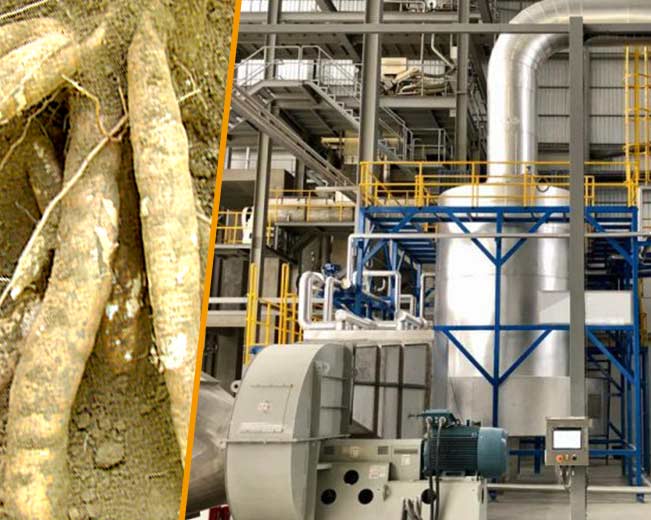Tapioca high quality starch processing machine supplier
Tapioca(cassava) have been used as a source of raw material for high-quality starch and flour for many years. In addition to product quality, the consumption of fresh water and energy are now playing an ever more important role in cassava starch, casssava flour, garri procesing plant.
So we developed process lines which also convince users from these economic points of view.
Here is the process of Tapioca processing equipment for Garri:
1. Sorting: After harvest, some roots may be damaged or rotten. These are sorted to select the wholesome roots for processing; only healthy roots (without rot or other damage) should be processed.
2. Peeling and washing: Freshly harvested cassava roots are covered with soil and dirt and. The roots are peeled to remove the outer brown skin and inner thick cream layer and washed to remove stains and dirt. The water source should be checked regularly to ensure it is not dirty or contaminated.
3. Grating: As part of the process to remove the cyanide and make the root safe to eat, the peeled cassava are grated into a mash or pulp. Mechanized graters are needed to produce a sufficient quantity of cassava mash to meet market demands and standards.
4. De- watering and fermenting: This completes the process of removing cyanide from the cassava mash. The water content in the mash is reduced using hydraulic press. The bags are then left to drain and ferment for a few days.
5. Granulating: The cake is mechanically reduced in size to produce fine granules of greater surface area – known as grits.
6. Roasting: The grits are then roasted or fryed in a hot frying tray or pan to form the final dry and crispy product. Gari is normally white or cream, but will be yellow when made from yellow cassava roots or when fried with palm oil. It is important to make sure the taste and smell is acceptable to local consumers. Yellow cassava roots and palm oil are rich in vitamin A and therefore make nutritious gari. The roasted gari are spread on a raised platform in the open air to cool and dry.
7. Sieving: The Gari is sieved to separate coarse particles, with a standard size sieve to produce fine granules. A grinder is used to break the large granules into smaller ones.
8. Packaging: The gari are weighed and then packed for marketing.
Huatai Starchl Machinery Ensures Top-Quality Production! Huatai supply best cassava starch processing line solution according to your needs, any need please email to [email protected]


